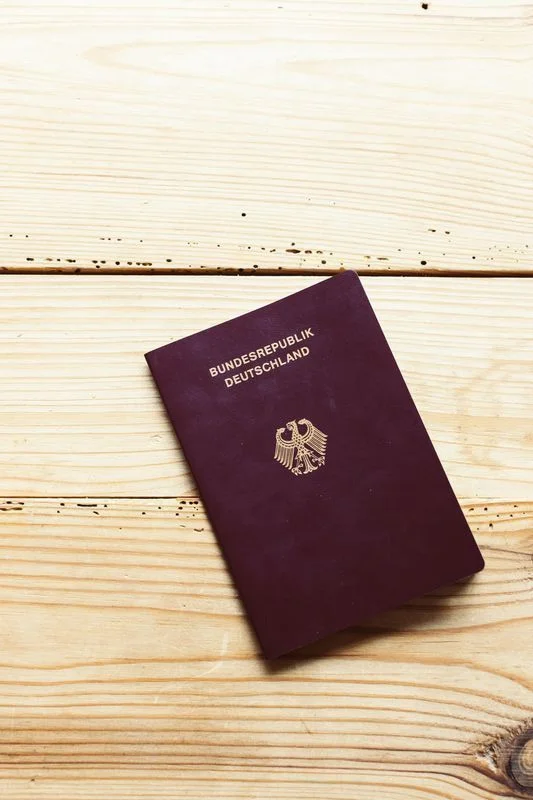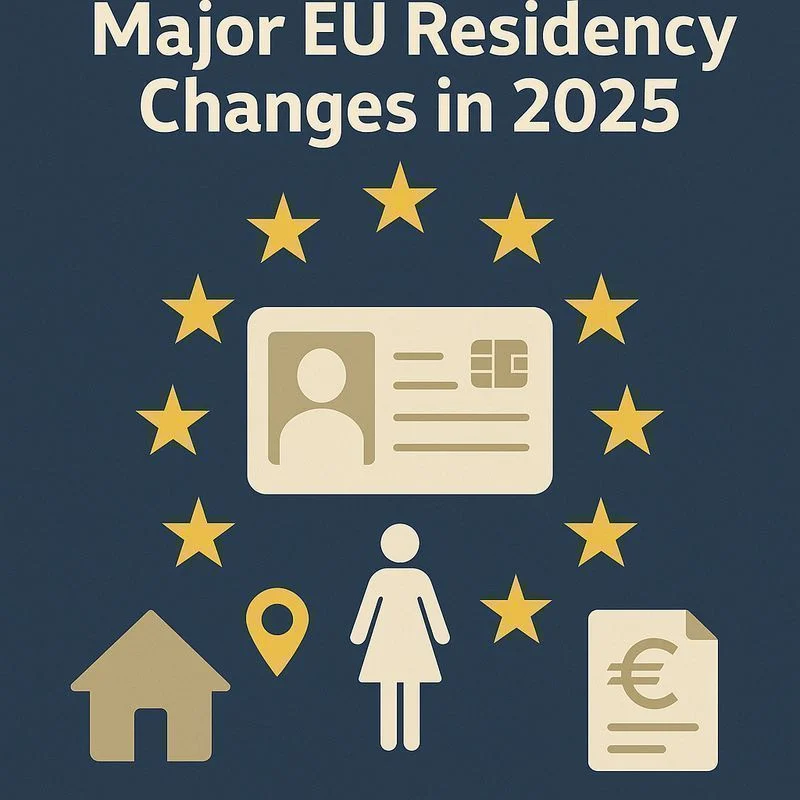Here is a practical checklist to ensure your trips go smoothly:
1. Check your exemption status: If you are an EU citizen or hold a valid residence permit in a Schengen country, you are largely exempt from EES. Otherwise, be ready for biometric processing. Learn more about preparing your move abroad.
2. Ensure you have a valid passport: Your passport must remain valid for your entire stay. If you change passports, remember your EES data is tied to the passport used for registration.
3. Anticipate wait times: Early on, biometric gates may cause delays. Arrive early for flights or border crossings, and build extra buffer time into your itinerary. Check our guide on getting around Europe for travel tips.
4. Carry scans / photocopies: A copy of your passport (ID page) can be useful as backup, though it cannot replace the biometric check.
5. Watch for national initiatives: Some countries might roll out pre-registration apps or fast registration before border arrival — check your host country announcements.
6. Know your rights & recourse: If an EES record is incorrect (wrong entry, exit, status), you can request correction from the national authorities or at the border authority.
7. Do not rely solely on passport stamps: Even if you receive a stamp, the electronic record is the official one. Keep transport tickets, boarding passes, and other proof of passage.
8. If transiting via Schengen: Even a transit might require biometric processing at the border. Do not assume it is exempt.
9. Follow the transition timeline: Through early 2026, expect hybrid operations. Some crossings may still use manual stamps temporarily.
10. Retain your travel documents: Keep boarding passes, tickets, and exit documents — these will help resolve disputes in case of entry/exit discrepancies. Having proper documentation is essential, especially when dealing with European health insurance requirements during travel.



